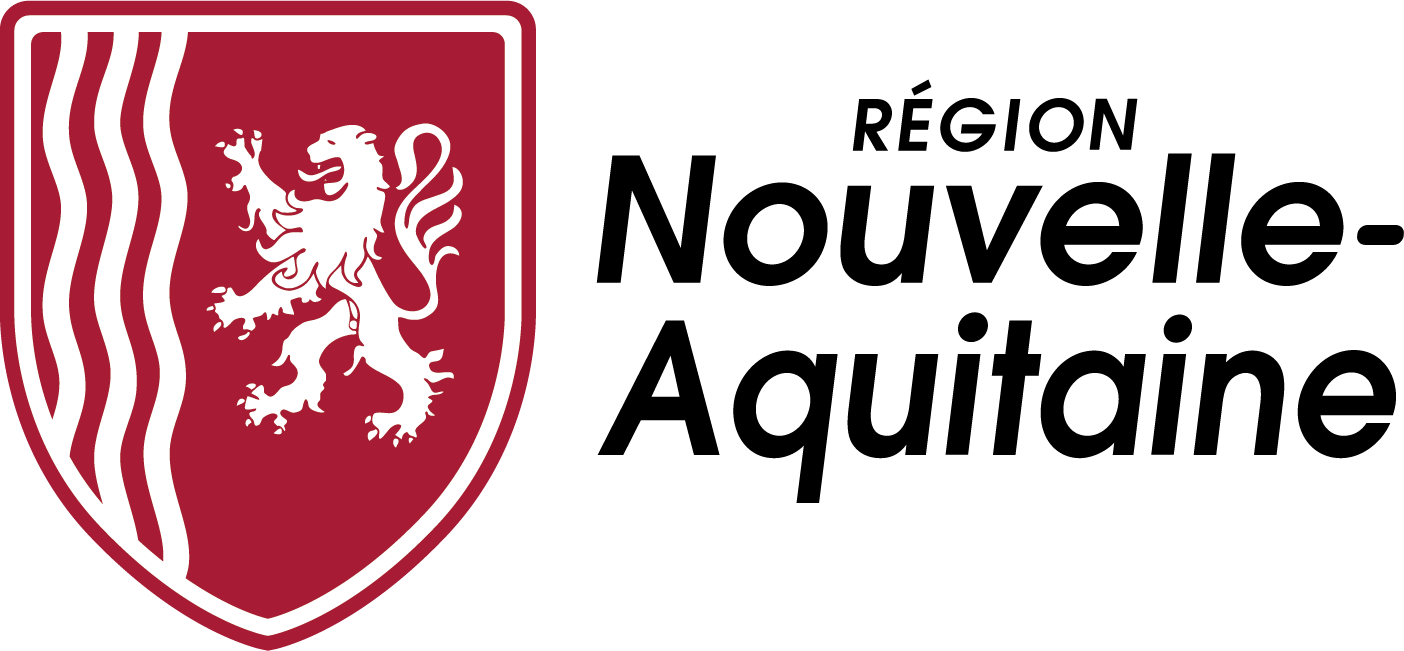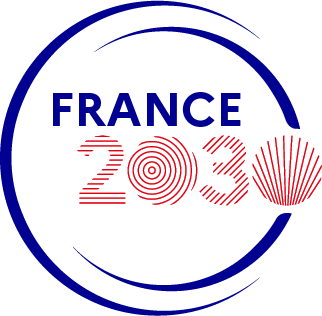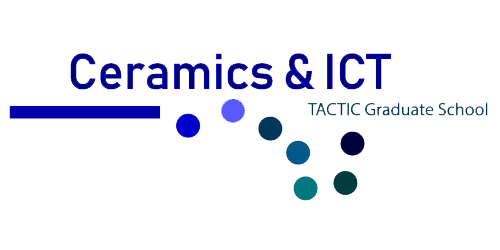You are here
WP2: SUBSYSTEMS
From the converter point of view, new architectures are seeked to directly digitize the RF signals, including cooled ones . These architectures, tend to remove the RF to IF (intermediate frequency) conversion stage before conversion. Such architectures, have already been studied at XLIM laboratory for instrumentation applications. They are based on the use of Track and Hold amplifiers (THAs) and subsampling
principle associated with coherent interleaving sampling processing methods. One challenge now consists in extending their RF-analog bandwidth which is the principal drawback of these circuits.
Since the last few years, many researches are working on the importance of integrating optical links in payloads of satellites to provide certain features which include the frequency conversion. Also, it appears
more interesting to take advantage of the high bandwidth, flexibility and reconfigurability of photonics and microwave photonics systems. So far this integration was done using electro-optic Mach Zehnder
interferometer . However, recent technological advances in optoelectronic semiconductor devices (SOA or SOA EAM @ 1.5 μm and 1.3 μm), allow to imagine their integration into satellite systems to take
advantage of their undeniable compactness and monolithic integration ability (space and weight saves and loss reduction) while guaranteeing interesting bandwidth.
For integrated LNA, actual tools based on ideal synthesis methods with matching elements without losses are not adapted to the needs of designers of integrated circuits (type GaAs, Si or GaN) while actual reactive elements of integrated technologies, including inductors, are elements with losses characterized by low quality factors between 2 and 5 for radio frequencies.
PhD Position open:










 UMR CNRS n°7252
UMR CNRS n°7252